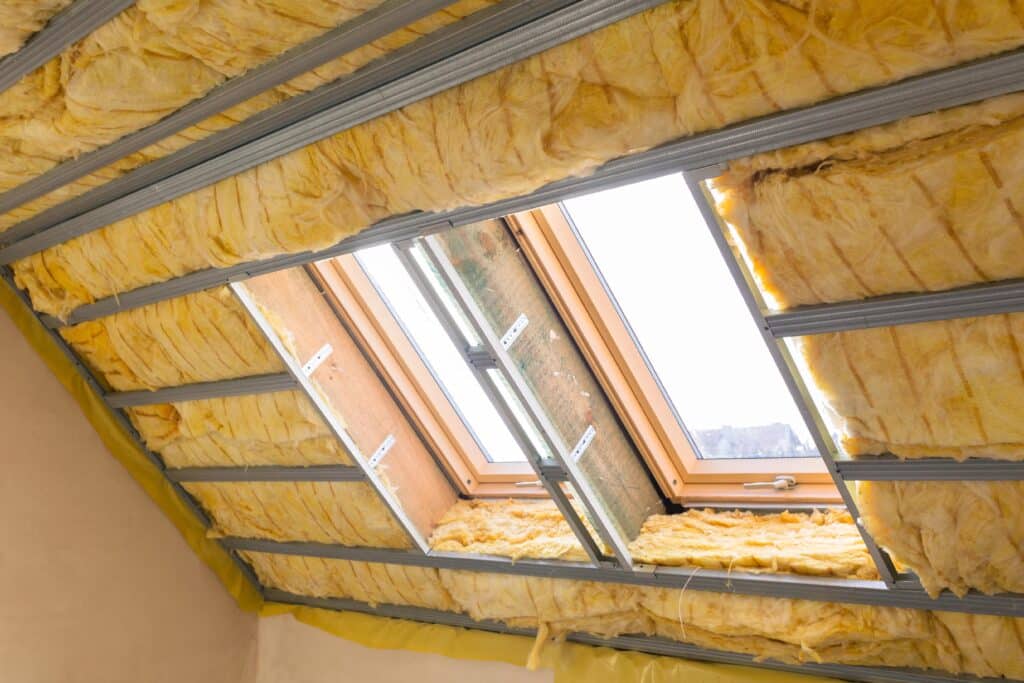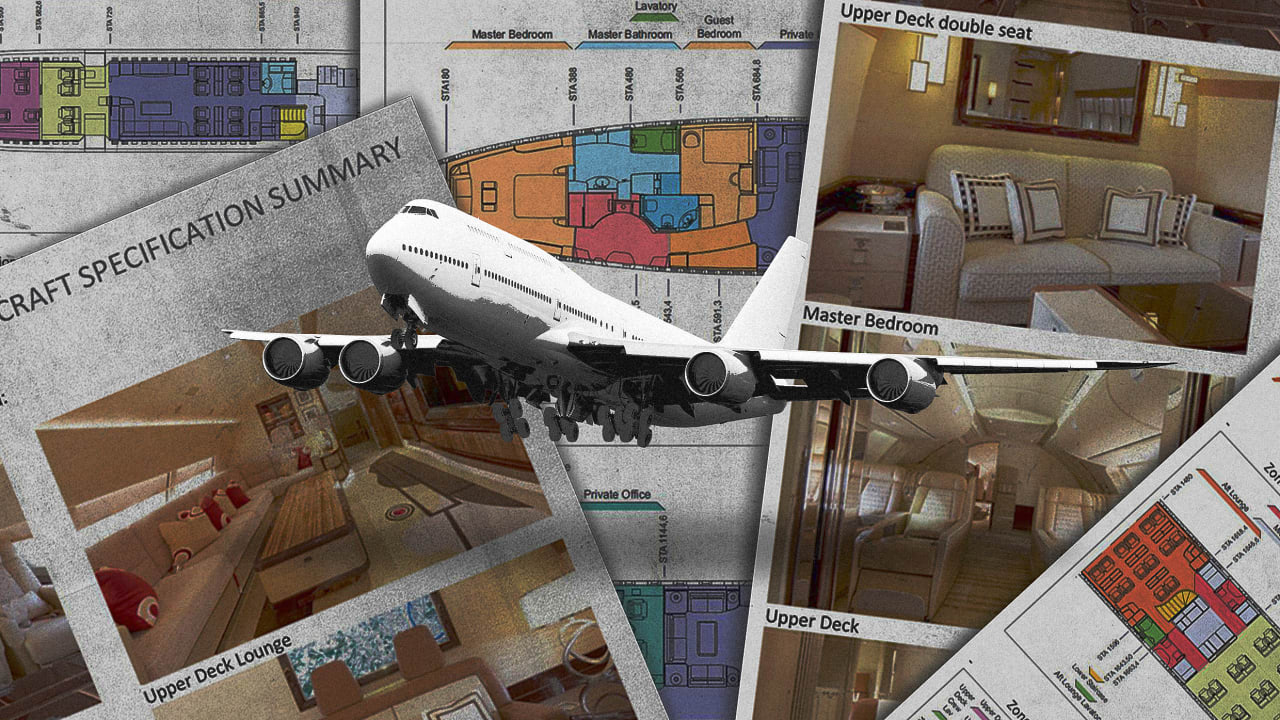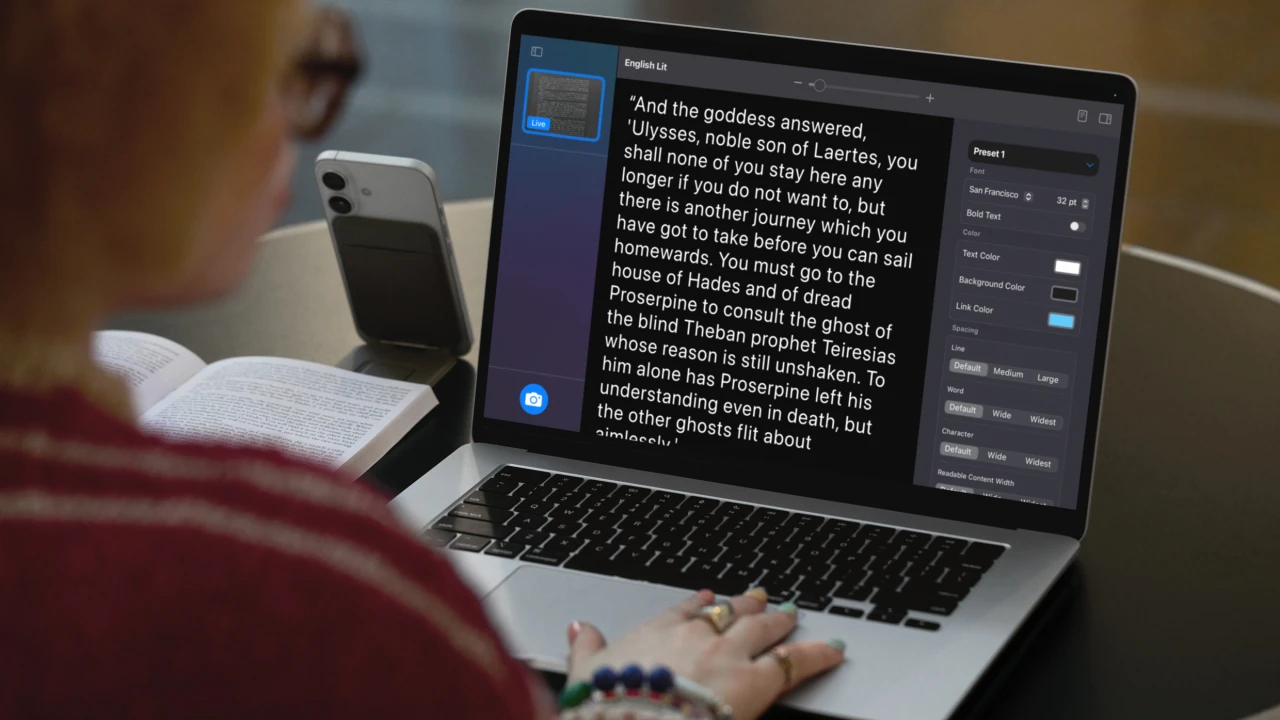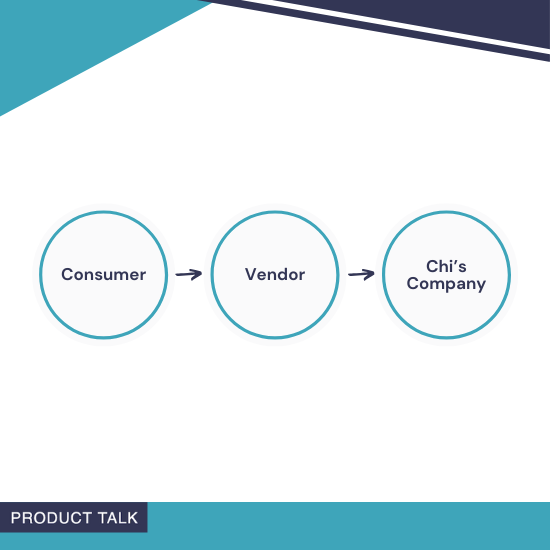Why Insulation Removal is Essential for Battle Mountain Homeowners
Insulation Removal
Insulation removal is essential for Battle Mountain homeowners when existing insulation becomes compromised by moisture, pests, age, or contamination. Removing damaged insulation prevents health risks, structural damage, and energy inefficiency while allowing for installation of modern materials that better withstand the region's extreme temperature fluctuations.
Battle Mountain's unique climate conditions—with temperatures ranging from below freezing to over 90°F—accelerate insulation degradation. Removing compromised insulation and replacing it with appropriate modern materials can improve home energy efficiency by 25-40%, resulting in significant utility cost savings and improved indoor comfort.

Signs Your Insulation Needs Removal
Recognizing when insulation removal becomes necessary helps homeowners prevent escalating problems.
Visual and Performance Indicators
|
Warning Sign |
What It Indicates |
Potential Consequences if Ignored |
|---|---|---|
|
Water stains on insulation |
Roof leaks or condensation issues |
Mold growth, reduced R-value, structural rot |
|
Compressed or flattened areas |
Lost insulating power, possible moisture damage |
Increased energy costs, uneven temperatures |
|
Visible mold or mildew |
Active moisture problem, health hazard |
Respiratory issues, spreading contamination |
|
Pest droppings or nesting materials |
Active or previous infestation |
Disease transmission, continued infestation |
|
Foul odors from attic/crawlspace |
Contamination from pests or moisture |
Indoor air quality issues, health concerns |
|
Unusually high energy bills |
Insulation failure |
Continued financial waste, comfort issues |
|
Uneven temperatures throughout home |
Inconsistent insulation performance |
Comfort problems, HVAC system strain |
|
Insulation falling from between rafters |
Age deterioration or moisture damage |
Further degradation, falling hazard |
Bonus Tip: In Battle Mountain homes, check attic insulation after severe weather events. The region's occasional heavy rain and snow can cause roof leaks that may not be immediately visible but will damage insulation over time.
According to regional housing data, over 65% of Battle Mountain homes built before 2000 have insulation that has significantly degraded due to age, moisture, or pest activity. Homes with properly removed and replaced insulation report energy savings averaging $325-$475 annually.
Material-Specific Degradation
|
Insulation Type |
Average Lifespan |
Common Failure Modes in Battle Mountain Climate |
|---|---|---|
|
Fiberglass Batts |
15-20 years |
Compression, moisture absorption, dust accumulation |
|
Loose-Fill Fiberglass |
20-30 years |
Settling, moisture accumulation, reduced R-value |
|
Cellulose |
20-30 years |
Settling (up to 20%), moisture damage, mold growth |
|
Rock Wool |
30-80+ years |
Moisture issues in poorly ventilated spaces |
|
Old Spray Foam |
30+ years |
Cracking, separation from surfaces, degradation from UV exposure |
|
Vermiculite (pre-1990) |
N/A |
Contains asbestos, requires professional removal |
Health and Safety Reasons for Insulation Removal
Compromised insulation poses several significant health and safety concerns for Battle Mountain residents.
Contamination Types and Health Impacts
|
Contamination Type |
Health Risk Level |
Associated Health Issues |
Prevalence in Battle Mountain |
|---|---|---|---|
|
Rodent/Pest Waste |
High |
Hantavirus, salmonella, respiratory issues |
Common (desert rodent habitat) |
|
Mold/Mildew |
High |
Allergies, asthma, respiratory infections |
Moderate (occurs in poorly ventilated spaces) |
|
Asbestos (in older homes) |
Extreme |
Mesothelioma, asbestosis, lung cancer |
Limited (homes built pre-1980s) |
|
Dust/Allergen Buildup |
Moderate |
Allergies, respiratory irritation |
High (desert dust infiltration) |
|
Bacterial Growth |
Moderate to High |
Various infections, odors |
Occurs with water damage |
|
Chemical Contamination |
Varies |
Depends on contaminant |
Rare (specific incidents only) |

Fire Safety Concerns
Older insulation presents increased fire risks through several mechanisms:
- Degraded fire retardants in aging materials
- Dust accumulation that creates combustible material
- Pest nesting materials that are highly flammable
- Electrical wiring hazards hidden within damaged insulation
Bonus Tip: When inspecting insulation in older Battle Mountain homes, pay special attention to areas where insulation contacts recessed lighting, flues, or old knob-and-tube wiring. These areas present the highest fire risk and should be prioritized for removal and proper replacement.
The Removal and Replacement Process
Understanding the insulation removal process helps homeowners prepare for this important home improvement project.
Removal Methods Comparison
|
Method |
Best For |
Equipment Used |
Typical Timeline |
Containment Level |
|---|---|---|---|---|
|
Vacuum Extraction |
Loose-fill materials, large areas |
Commercial insulation vacuum |
3-8 hours for average attic |
Moderate to High |
|
Manual Removal |
Batts, contaminated materials |
Hand tools, protective gear |
1-3 days for average home |
High |
|
Partial Removal |
Spot damage, limited areas |
Combination of tools |
2-6 hours |
Moderate |
|
Full Remediation |
Severe contamination, infestations |
Professional equipment |
2-5 days |
Maximum |
Professional vs DIY Considerations
|
Factor |
Professional Removal |
DIY Removal |
|---|---|---|
|
Cost |
$1.50-$3.00 per square foot |
$0.50-$1.00 per square foot (equipment rental) |
|
Safety |
Proper equipment and training |
Personal safety equipment required |
|
Containment |
Professional-grade containment systems |
Limited containment capability |
|
Disposal |
Included in service |
Requires separate arrangement |
|
Thoroughness |
Complete removal |
Often incomplete |
|
Hazard Identification |
Trained to spot additional problems |
Limited expertise |
|
Time Required |
1-2 days for average home |
3-7 days for average home |
|
Recommended For |
Contamination, large areas, hazardous materials |
Small, uncontaminated areas only |
Cost Analysis and ROI
Insulation removal and replacement represents a significant investment with measurable returns.
Cost Breakdown
|
Service Component |
Average Cost Range |
Factors Affecting Cost |
|---|---|---|
|
Removal Only |
$1.00-$2.00 per sq ft |
Accessibility, contamination level |
|
Disposal Fees |
$150-$500 per project |
Material volume, contamination type |
|
Air Sealing |
$0.25-$0.50 per sq ft |
Number of penetrations, home age |
|
New Insulation |
$1.50-$3.50 per sq ft |
Material type, R-value, area complexity |
|
Mold Remediation (if needed) |
$15-$30 per sq ft |
Severity, affected materials |
|
Pest Treatment (if needed) |
$300-$800 per treatment |
Infestation type, extent |
|
Full Project (average home) |
$3,500-$7,500 |
Home size, issues present |
Return on Investment Analysis
|
Project Type |
Average Cost |
Annual Savings |
Payback Period |
10-Year ROI |
|---|---|---|---|---|
|
Removal + Basic Replacement |
$4,500 |
$350-$550 |
8-13 years |
75-120% |
|
Removal + Premium Insulation |
$6,500 |
$500-$750 |
9-13 years |
75-115% |
|
Removal + Air Sealing + Premium Insulation |
$7,500 |
$650-$950 |
8-12 years |
85-125% |
Beyond energy savings, home value increases an average of $0.75-$1.40 for every dollar spent on proper insulation removal and replacement according to regional real estate data.
Things to Consider Before Making a Decision
Several factors should influence your insulation removal decisions.
Assessment Requirements
Before proceeding with insulation removal:
- Conduct a thorough inspection to identify all problem areas
- Test for hazardous materials if the home was built before 1980
- Identify and address the root causes of insulation damage
- Evaluate the structural components hidden by existing insulation
- Consider comprehensive air sealing during the removal/replacement process
Timing and Logistics
Plan your project with these considerations:
- Schedule during moderate weather seasons when possible
- Arrange alternative accommodations if extensive contamination exists
- Coordinate with other planned renovations or repairs
- Consider whole-house approach versus targeted problem areas
- Plan for increased dust and disruption during the process
Selection of New Materials
Choose replacement insulation based on:
- Battle Mountain's specific climate needs (high R-value for extreme temperatures)
- Areas being insulated (different areas may need different materials)
- Budget constraints balanced with long-term performance
- Moisture resistance qualities (important in attics and crawlspaces)
- Environmental and health considerations
Common Questions About Insulation Removal
Homeowners frequently have concerns about the insulation removal process.
How Do I Know if I Need Complete Removal or Just Spot Treatment?
Complete removal is necessary when contamination is widespread, insulation has lost effectiveness throughout, or when upgrading to a significantly different insulation type. Spot treatment works for isolated water damage or limited pest intrusion. A professional inspection can determine the extent of the problem—look for patterns of damage rather than just isolated spots.
What Happens During the Insulation Removal Process?
The process typically includes: 1) Preparation of the work area with containment barriers to prevent dust spread, 2) Removal using appropriate methods for your insulation type, 3) Cleaning of the cleared area to remove residual material and contaminants, 4) Inspection of exposed areas for additional problems, 5) Treatment of any mold or pest issues found, and 6) Installation of new insulation materials.
Can I Stay in My Home During Insulation Removal?
For most standard removals, you can remain in your home, though you should avoid the immediate work area. If significant contamination exists (especially mold or animal waste), temporary relocation during the removal process may be recommended. The duration depends on the extent of the work, but typically ranges from one to three days for most homes.
What Should I Do With the Old Insulation?
Old insulation requires proper disposal according to local regulations. Contaminated insulation may require special handling as potentially hazardous waste. Professional removal services include proper disposal. If handling limited DIY removal, contact Battle Mountain waste management facilities for guidance on proper disposal methods and requirements.
FAQs
Q: Are there any Battle Mountain rebates or incentives for insulation removal and replacement?
A: Yes. Nevada Energy offers rebates for insulation upgrades that meet certain efficiency standards. Additionally, energy efficiency improvements may qualify for federal tax credits. These incentives typically don't cover removal costs specifically but do apply to the replacement insulation, which can offset the overall project cost.
Q: How often should insulation be replaced in Battle Mountain's climate?
A: Modern insulation materials properly installed in Battle Mountain homes should last 20-30 years before performance significantly degrades. However, inspect attic insulation every 5-7 years and crawlspace insulation every 2-3 years for signs of moisture or pest damage, which can necessitate earlier replacement.
Q: Will removing old insulation eliminate home odors?
A: Often, yes. Many persistent house odors originate from contaminated insulation harboring mold, mildew, pet urine, or pest waste. Removing affected insulation frequently resolves these odor issues, especially when combined with proper cleaning of the exposed surfaces before new insulation installation.
Q: Does homeowners insurance cover insulation removal and replacement?
A: It depends on the cause. Insulation damage from sudden, accidental events like burst pipes or storm damage is typically covered. Gradual damage from age, pests, or neglected maintenance usually isn't covered. Always check your specific policy and document the damage thoroughly with photos before beginning any work.
Q: How can I prevent future insulation damage after replacement?
A: Focus on addressing root causes: repair all roof leaks, improve ventilation in attics and crawlspaces, maintain proper home humidity levels (30-50%), seal entry points for pests, and install proper vapor barriers where needed. Regular inspections help catch small problems before they require full removal again.
Ready to Improve Your Home Environment?
Insulation removal is a critical home maintenance step for Battle Mountain homeowners facing damaged or contaminated insulation. By addressing these issues promptly, you protect your family's health, improve energy efficiency, and maintain your home's structural integrity.
For a professional assessment of your insulation conditions and expert removal services, contact Nevada Urethane at (775) 500-0024 or ihpfoam@gmail.com.
Reviewer: Maria Lopez offered detailed feedback after reviewing this post. Her 10 years of experience in spray foam work helped guide the tone and suggestions toward realistic strategies.




























































































































![Are AI Chatbots Replacing Search Engines? AI vs Google [New Research]](https://www.orbitmedia.com/wp-content/uploads/2025/05/How-often-are-we-using-AI-chatbots_.webp)






































